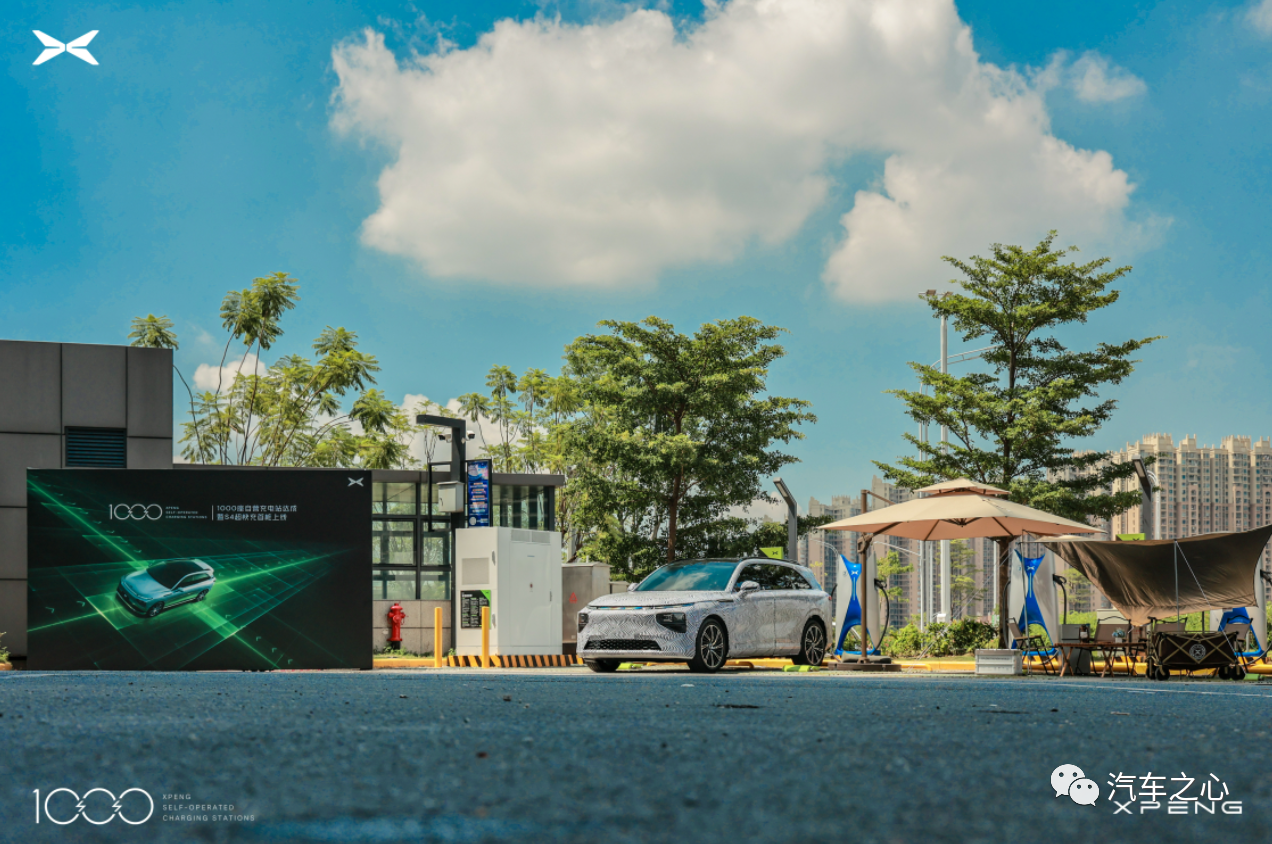Author: Zheng Senhong
The time it takes for a song to play determines how many kilometers a car can be charged and ultimately defines the competition focus for car companies in the second half of the game.
In the context of continuous internal competition in the new energy industry, a range of 400km+ is now considered an entry-level benchmark in the comparison of car models, with 600km+ models qualifying for the “long range” standard, and even a range of 1,000 miles is no longer an abstract idea.
However, when it comes to the level of energy efficiency, if these models still take an hour or more to charge, longer ranges and larger battery packs also increase users’ fear of recharging.
In other words, without the charging efficiency comparable to refuelling, range is just a number.
In the journey to recharge new energy vehicles, “charging” and “swapping” have always been the two disputed directions in the industry. Battery swapping boasts a more efficient charging speed and charging has a higher integration and coverage rate.
Ultimately, the dispute over these two technologies boils down to the core pain point of recharging: “not fast enough.”
Live Test Results of Superfast Charging: 210 km in 5 Minutes
On August 15th, the 1,000th XPeng charging station was officially launched in the Rongchuang Mao, Guangzhou, where XPeng’s first fourth-generation supercharging station was placed.
XPeng said that the landing of the first S4 supercharging station marks the official entry of intelligent electric vehicles into a new era of 5-minute refueling.
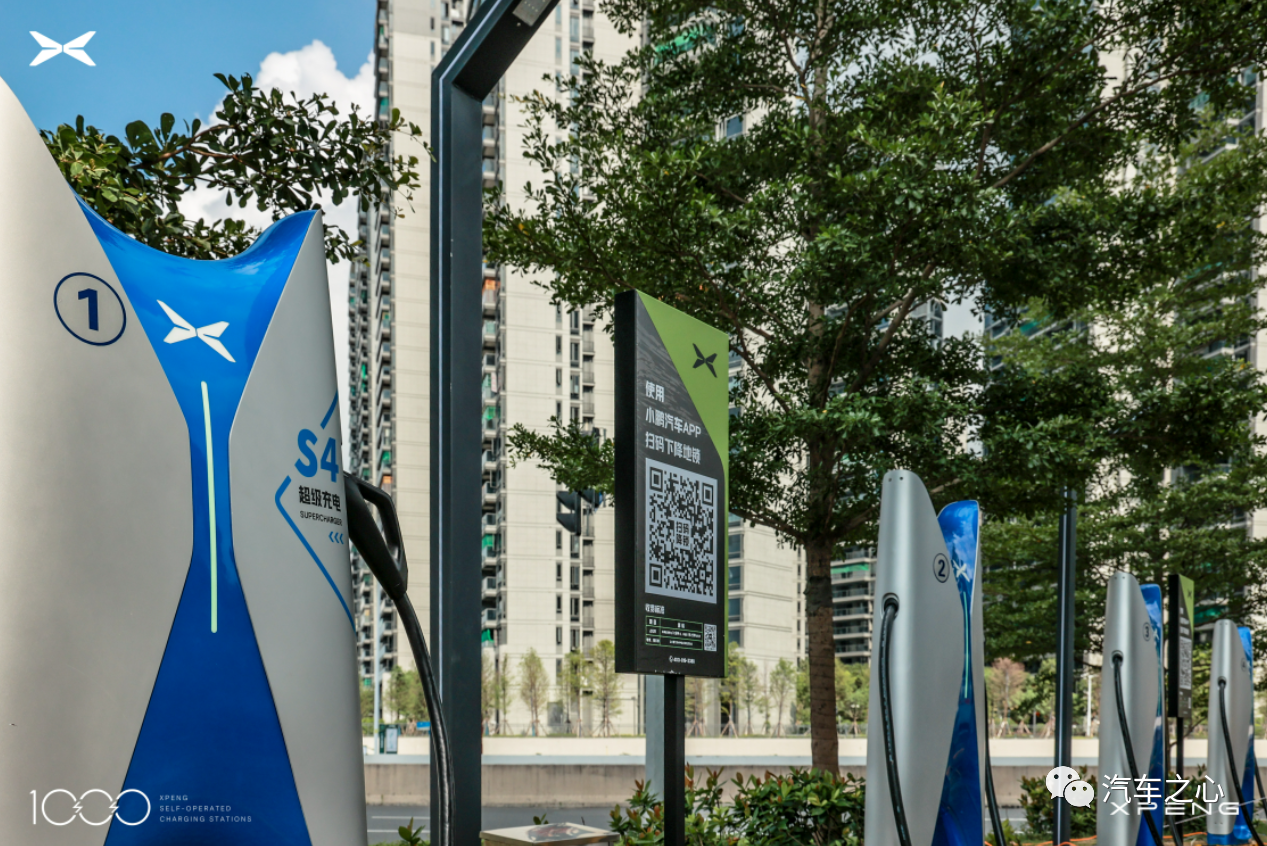
As XPeng’s fourth-generation supercharging station, the single-station 480 kW maximum output power is the highest in the industry, with a maximum output current of 670 A, which also reaches the highest level in the industry. It supports intelligent power allocation and starts up in 15 seconds.
Compared with Tesla V3 supercharging and Porsche Turbo supercharging:
- The peak power output of a single Tesla V3 charging station is 250 kW, with a maximum current of 631 A, charging for 5 minutes, and continuing 150km;
- The peak power output of a single Porsche Turbo charging station is 350 kW, with a maximum current of 500 A, charging for 5 minutes, and continuing 120km.
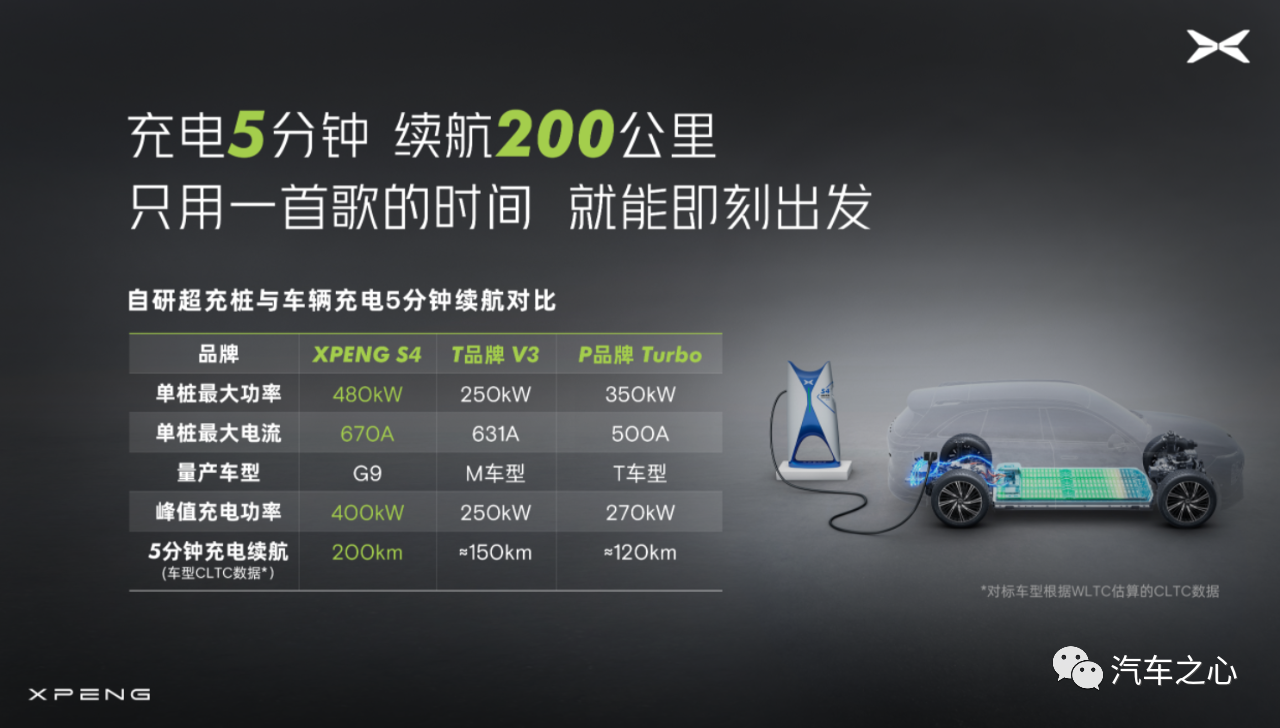
Supported by XPeng’s 800V high-voltage platform, the peak power output of the S4 charging station can reach 400 kW. What does that mean?
For example, for a pure electric vehicle with a battery capacity of 70 kWh, it can be fully charged in less than half an hour if it continues to run at peak power. However, due to safety and battery life reasons, current power batteries do not support full-power charging throughout the process, so XPeng S4 supercharging stations also have a certain power variation process.As for the charging speed, the S4 supercharging pile from XPeng is capable of charging for 5 minutes and adding 200 km to the range, under such high power. During the new product release event, XPeng used the S4 supercharging pile to test charging for the XPeng G9, which added 210 km to its range after 5 minutes of charging.
Facing users’ questions about heating of high voltage and high current and battery decay, He XPeng stated that the S4 charging pile uses real-time temperature monitoring technology and can achieve millisecond-level current reduction when the temperature rises with increasing current. Even if the current continues to increase, the temperature can be kept stable. As demonstrated during the event, the current reduced from 632A to 595A in one second, close to the end of charging.
In addition to software technology, the XPeng S4 supercharging pile adopts a liquid-cooled charging gun, which not only further reduces the temperature, but also reduces the weight of the charging gun cable by 36%, making it easy for female users to operate it with one hand.
Regarding the battery, He XPeng said that XPeng has been working closely with battery manufacturers since last year to optimize and upgrade the entire intelligence, management, power, module and pile-end power module. XPeng always puts safety first in the face of efficiency.
With the landing of the S4 supercharging pile, XPeng’s super replenishment system products will form the following matrix:
- Home charging pile: 7kW, 11kW AC pile
- Destination charging pile: 20kW DC pile
- Commuting + highway charging: 180kW DC pile (S2), 480kW DC pile (S4)
Up until now, XPeng has provided 3.01 million charging services, greatly reducing the queue for XPeng car owners to charge, and has also provided a variety of intelligent functions including smart recommendations, reservation charging, voice reduction, and plug-and-charge collaboration between the car and the pile.
Regardless of the travel needs and vehicle environment of electric vehicle owners, the “mileage anxiety” is not actually derived from the range itself, but from the anxiety about the convenience and required time of filling up. Therefore, XPeng plans to expand the vision of “seamless replenishment” with superfast charging as the core.
Faster than Tesla, XPeng is determined to build up replenishment infrastructureHe XPeng said that he will change the new energy vehicle market pattern with a system of “ultra-fast charging + high endurance + self-operated charging stations”. Between long-termism and short-term benefits, XPeng chooses pure electricity and insists on eliminating hybrid through high-voltage pure electricity, ultra-fast pure electricity, and intelligent pure electricity.
“Eliminating hybrid” means that XPeng needs to establish an advantage comparable to the energy supplement efficiency of hybrids while ensuring long endurance.
The existence of plug-in hybrids, extended-range hybrids, and other hybrid models is actually based on the advantage of energy supplement that relies on the fuel station system as the main and the charging infrastructure as the auxiliary. Especially for users who transition from fuel vehicles to new energy vehicles, hybrids are the best solution.
He XPeng said that more than 90% of users’ driving scenarios in China are concentrated in urban and suburban areas, and the weekly driving mileage of these users does not exceed 300 kilometers. There are many pure electric vehicle models with endurance of 500 kilometers or more. However, the pure electric endurance of hybrid models is generally within 250 kilometers, of which about 20% of the endurance will be forced to maintain power.
For these users, even if there is no energy supplement environment for household charging piles, pure electric vehicle models only need to be charged once a week.
On the contrary, if a hybrid model maintains pure electric driving, it needs to be charged 2-3 times a week, and refueling will bring higher usage costs. Moreover, the NVH and driving experience of pure electric vehicle models are poor under feeding conditions.
Implicitly, if sufficient and convenient energy supplement conditions can be achieved, a long-endurance vehicle model is enough to meet the daily use needs of these 90% users.
In XPeng’s 1000 self-operated charging stations, there are 799 ultra-fast charging stations and 201 destination stations, covering all 337 prefecture-level administrative regions and municipalities in China. Even in some remote areas of Xinjiang and Tibet, XPeng’s ultra-fast charging stations provide extremely scarce 180 kW DC ultra-fast charging.
In terms of highway charging network, XPeng has achieved a highway charging network spanning over 3500 kilometers, connecting the charging network of Beijing-Shanghai and Beijing-Hong Kong-Macao highways, and layouting ultra-fast charging stations along the highways and major entrances and exits.
He XPeng said that with the popularity of ultra-fast charging technology, the charging speed of electric vehicles has increased 2-3 times compared to the past. Starting from the flagship model XPeng G9, subsequent products will fully adapt to the ultra-fast charging system centered on S3 and S4.# Small X’s Plan for Supercharging System Covering 2000 Stations
Small X has planned comprehensive layout for supercharging system by the year 2025:
- 2022: In addition to the first-tier cities, S4 ultra-fast charging stations will be established in cities that rank in the top 10 in Small X G9 orders.
- 2023: S4 ultra-fast charging stations will be built along key highways and in core cities.
- 2025: Small X will establish permanent energy sites within 3 km and a total of 2000 Small X ultra-fast charging stations will be built.
Compared with Tesla China’s milestone of building more than 1,200 supercharging stations, although Small X’s current number of supercharging stations is relatively low, its speed in constructing them is impressive. It is even fair to call Small X the “infrastructure maniac.”
According to Tesla’s official website in China, its first supercharging station was established in September 2012, and the 1000th supercharging station was built in October 2021, a span of 9 years.
On the other hand, Small X’s first supercharging station was built in March 2018, and the 1000th supercharging station will be completed in August 2022, taking less than 4 years and showing more than double Tesla’s efficiency.
The rapid expansion of the supercharging system is a sustained high proportion cost investment, which is difficult to be profitable merely through low charging and servicing fees. However, covering all prefecture-level cities with supercharging stations is undoubtedly the best weapon for all Small X users to face “range anxiety.”
With a more comprehensive supercharging system, Small X will not only become the greatest beneficiary among all Small X users but also attract more potential users with its self-built supercharging stations, achieving a win-win effect.
For Small X, a high-end brand, exclusive supercharging stations not only leave a better impression to consumers but also enhance their brand exclusivity, thereby improving brand image.
In terms of experience, exclusive supercharging stations can solve the problem of charging resource scarcity, ensuring that every car owner can “charge with electricity” after arriving at the exclusive charging space, and self-built charging piles are generally superior to third-party charging piles in terms of matching speed, charging speed, and safety.From a branding perspective, taking the layout of ultra-fast charging stations on the Sichuan-Tibet line as an example, despite the lack of a large number of pure electric vehicle models on the same route, XPeng, Tesla, and NIO are all laying out ultra-fast charging stations. Although it is difficult to ensure actual utilization, this cannot stop high-end brands from penetrating the Sichuan-Tibet line to improve the brand’s exposure, including layout destination ultra-fast charging stations in major scenic spots and hotels.
Ultra-fast charging: The key to victory for the next generation of smart cars?
Although a series of unfavorable factors such as the epidemic, chip shortage, and rising prices continue to impact the auto market, the new energy vehicle market continues to skyrocket at its own pace.
According to insurance data, the cumulative sales of new energy vehicles since the beginning of this year have exceeded 2 million to reach 2.09 million, more than double that of the same period in 2021.
The penetration rate of new energy vehicles is also continuing to rise, from 4.3% in 2018 to the latest 22.7%, equivalent to 8 out of 10 new energy vehicle users choosing pure electric vehicles.
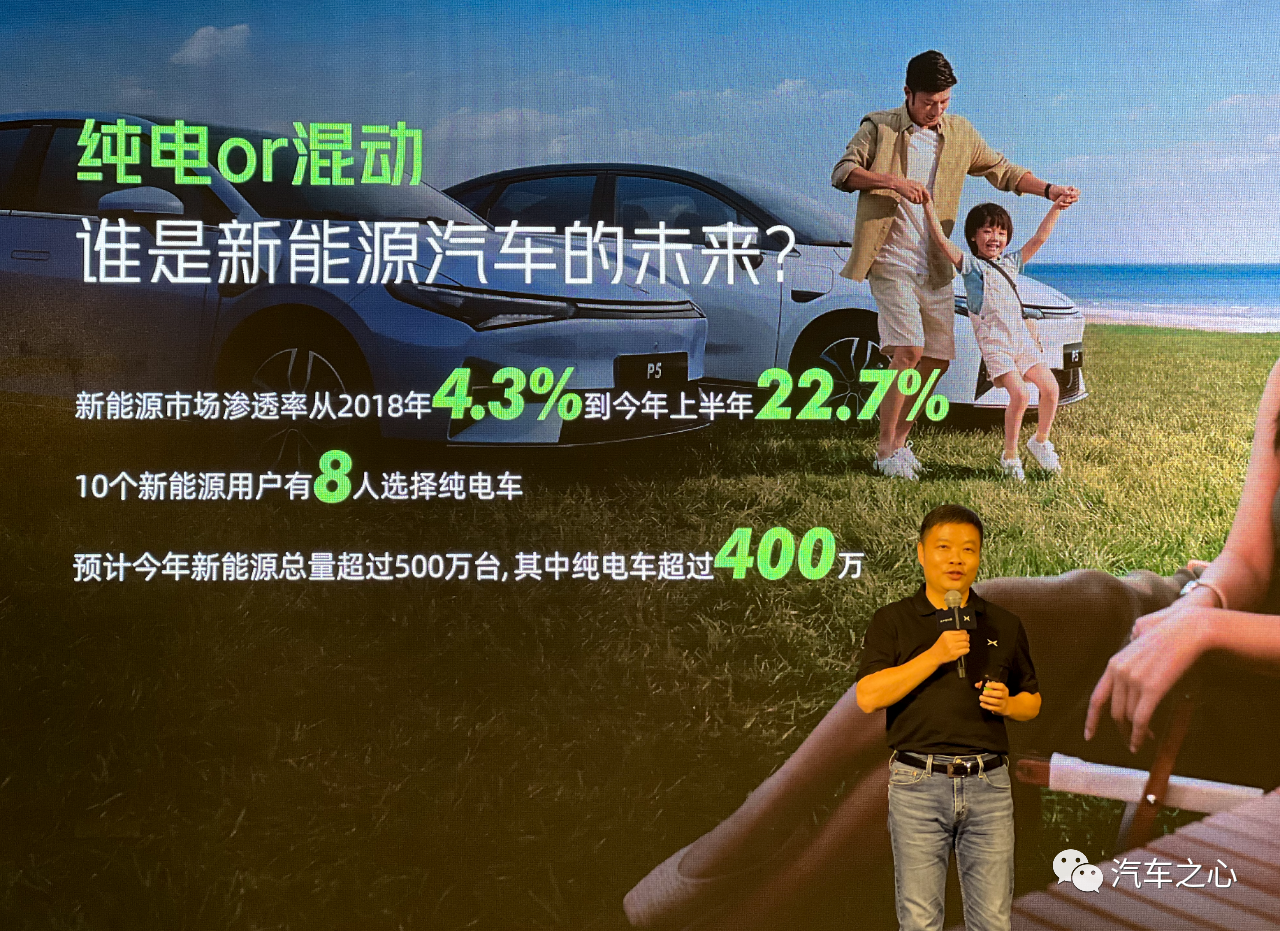
As terminal demand continues to rise, the corresponding infrastructure market is also continuously expanding.
As of 2021, there are 13 charging operation companies in China that operate more than 10,000 public charging piles, but only the cumulative number of charging piles operated by four operators, including Xingxing Charging, Techrules, Yunfast Charging, and State Grid, exceeds 100,000, which also indirectly confirms the current situation that the total number of charging piles cannot meet the huge charging demand of new energy vehicles.
Data shows that based on the existing inventory of new energy vehicles and charging piles, the pile-to-car ratio is only 1:6.8, and nearly 60% of them are slow AC charging piles.
Therefore, ultra-fast charging piles based on high-pressure and high-power ultra-fast charging technology have become the breakthrough direction for more and more automakers.
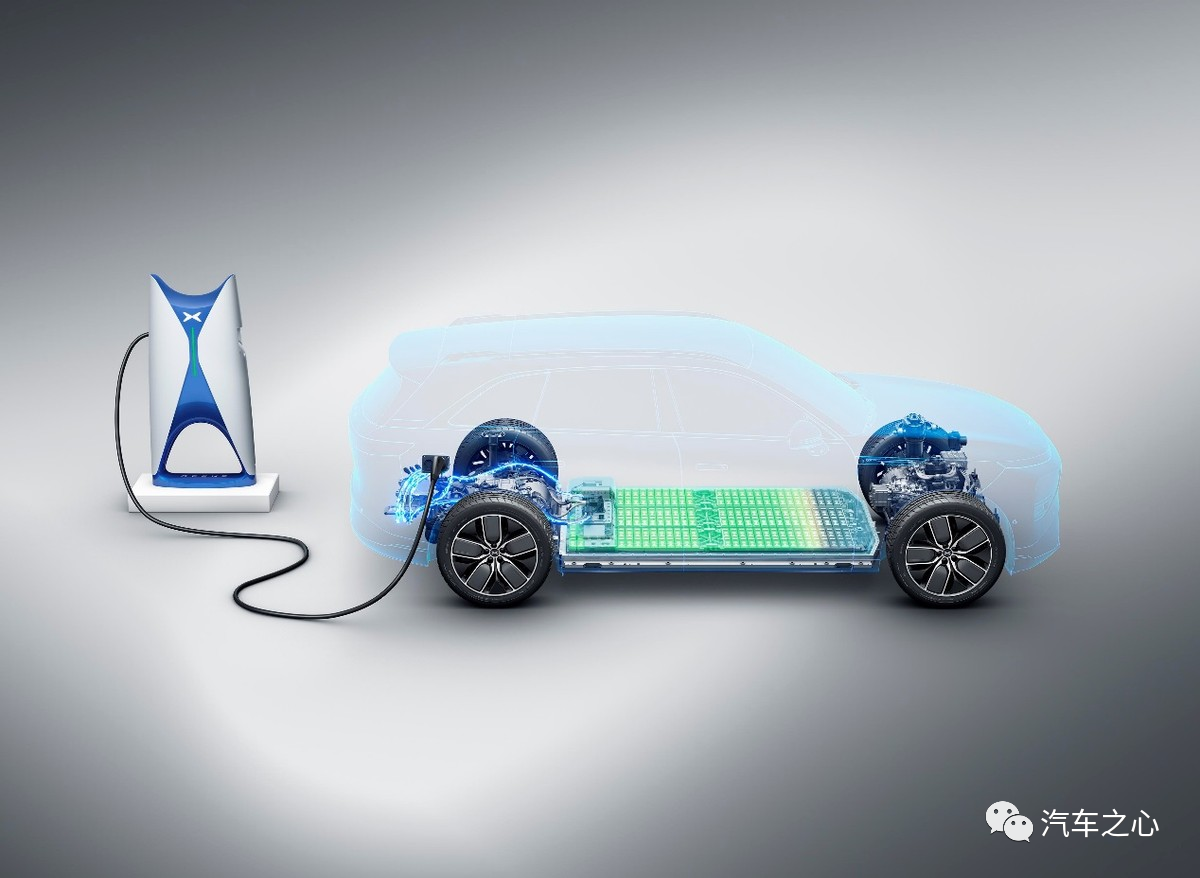
From international giants like Porsche, Tesla, Hyundai, and Kia, to domestic automakers like BYD, Geely, and Great Wall, to new players in the industry like XPeng, NIO, and Li Auto, have all released or plan to release 800V high-voltage platform technology. The power has also increased from 60kW-150kW DC fast charging to 350kW+ ultra-fast charging piles.
From the perspective of mass production time, new cars based on the 800V high-voltage technology plans of major automakers will also be launched one after another this year, which also means that more and more ultra-fast charging players will gradually enter the mass production stage.
- Great Wall Saloon: achieve 400km range in 10 minutes of charging;
- Dongfeng Voyah: achieve 400km range in 10 minutes of charging;
- Geely JiKe: achieve 120km range in 5 minutes of charging;
- – Li Auto: achieve 400km range in 10 minutes of charging;- …
NIO’s co-founder and CEO Qin Lihong once wondered, “Can we handle the winter without building our own nest?” With the intensification of terminal competition in the new energy market, those car makers who do not choose to build their own charging networks or lay out their own systems will suffer losses. Those who always rely on others and choose not to offer energy services are opportunistic.

This brings us to BYD, which ranks first in monthly new energy vehicle sales in China but chooses to “lie down” on the ultra-fast charging system.
As one of the important formulators of the national charging standard, BYD vehicles have a high level of charging compatibility and can adapt to the requirements of almost all charging piles. Furthermore, BYD has self-developed “boost charging” technology. With the help of this technology, BYD vehicles can increase the internal voltage through the vehicle’s electronic control system, which can then charge the battery pack with a higher voltage and improve the energy supplement efficiency.
Of course, this is just BYD’s optimization of the energy supplement for its current vehicles. For BYD, a car maker that serves the mass market, ultra-fast charging is not the first priority. Under the premise of ensuring the product’s cost-effectiveness, “mainstream fast charging efficiency” is sufficient to meet the needs of customers.
Interestingly, this view is consistent with that of He XPeng regarding the entire new energy market:
- Electric vehicles priced under 100,000 yuan are rapidly replacing gasoline vehicles;
- Hybrid vehicles priced between 100,000 yuan and 200,000 yuan have more outstanding comprehensive performance;
- Electric vehicles priced over 200,000 yuan need to have super-fast charging and long range. In this price range, electric vehicles will quickly replace hybrid cars when issues such as charging and range are resolved.
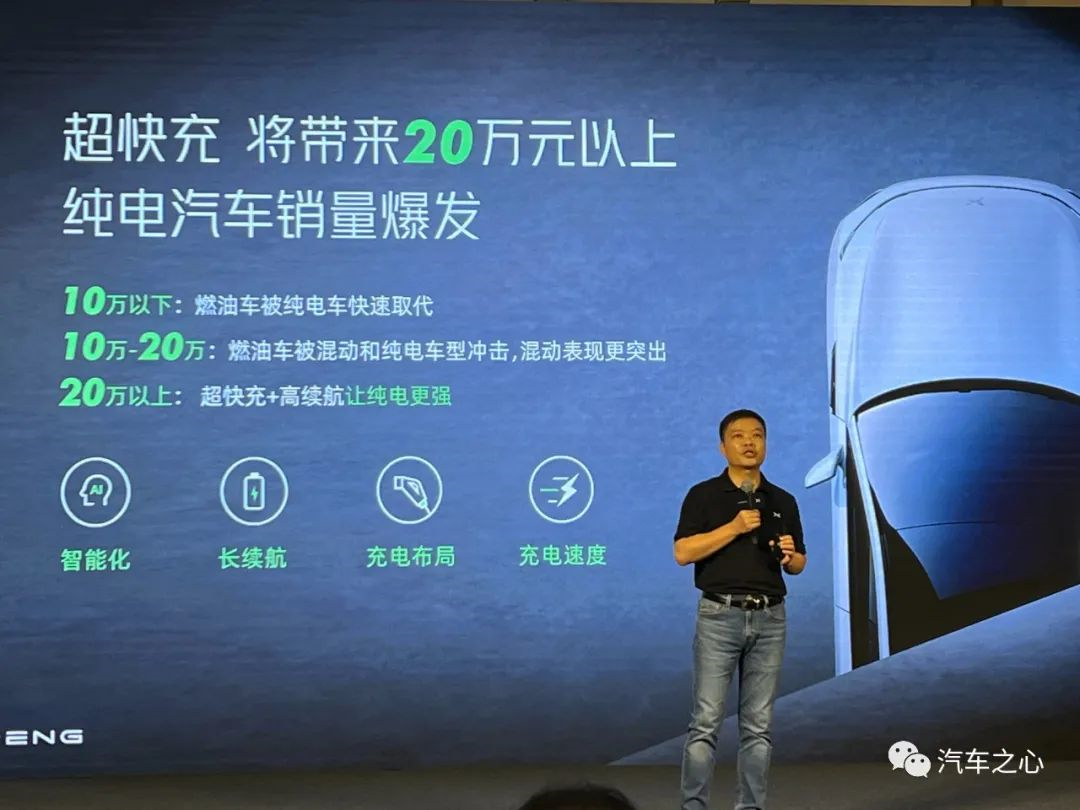
In other words, for high-end electric vehicles priced over 200,000 yuan, long range, fast charging, and a layout that integrates the charging pile, the car, and the battery are the basic benchmarks.
Looking at the current new energy market, car models priced above 200,000 yuan include hybrids represented by BYD, Li Xiang, and WM, ultra-fast charging cars represented by Tesla and Xpeng, and battery swap cars supported by NIO.
Hybrid vehicles have been regarded as a transitional technology and will sink into the market with the continuous exploration of pure electric technology. However, the competition between charging and swapping stations is still ongoing, and each camp is still advocating for its own choice.
As for the competition in the ultra-fast charging stations, it is apparent that more car makers will engage in fierce competition in the future, especially when charging stations become universally open. The ultra-fast charging station will be a key factor in brand competition.The victory or defeat of next-generation intelligent vehicles lies in charging and swapping. Shen Fei, Vice President of NIO, expressed his views on Supercharging on social media:
- Ultra-high power requires higher demands on batteries, which may be why only the top-end G9 supports S4 supercharging.
- If four cars come simultaneously with 400 kW in a single station and each car has only 100 kW, the overall efficiency is low if the overall power of the station is greater, which makes it very difficult to construct.
- Users are also conflicted about whether to charge for a few minutes and leave or charge for a bit longer.
Clearly, the dispute between charging and swapping is not a simple one-size-fits-all solution. Different scenarios have different technical barriers. From a user perspective, having more choices means having more experiences.
The ultimate conclusion may well be as Shen Fei said, “The most brilliant competitive strategy is patience.”
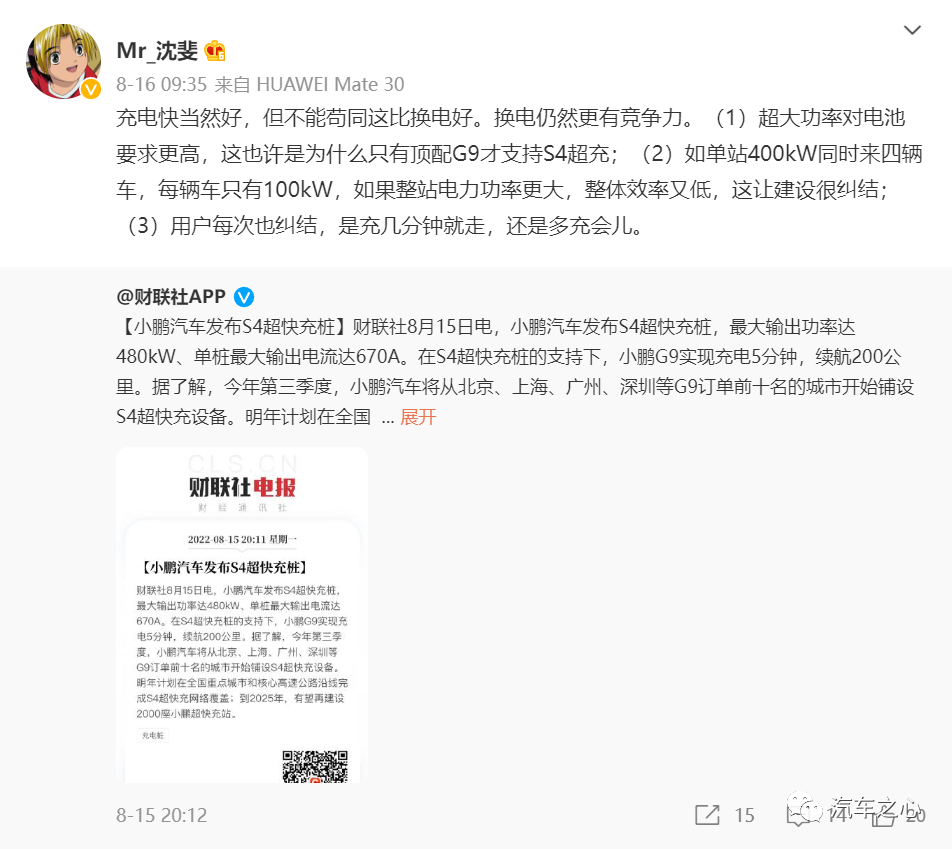
This article is a translation by ChatGPT of a Chinese report from 42HOW. If you have any questions about it, please email bd@42how.com.
